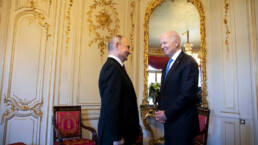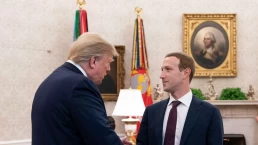Three key factors show why the administration needs to press the accelerator pedal on negotiations with Russia now.
by George Beebe, Responsible Statecraft
Three big factors are in motion that will shape prospects for the war in Ukraine. Each of these affects the others in potentially reinforcing ways. Together, they could soon create a dynamic that might greatly constrain the ability of the Biden administration to steer events toward its desired outcomes.
The first is the course of battlefield developments. Bolstered by the mobilization Putin ordered last fall, Russian forces are pressing closer toward encircling Bakhmut, and Ukrainians look to be on the brink of their first significant setback since last summer. Although this battle has proved slow and costly for Russia, it is exacting an enormous toll on Ukraine.

The Washington Post reports that Ukrainian defenses are suffering from serious shortfalls of ammunition and experienced troops – two things that the West is in a poor position to remedy anytime soon. Sending U.S. or NATO troops would risk a direct clash with the Russian military and potential escalation into nuclear conflict. Western stockpiles of artillery shells and missiles for the war are dwindling, which in turn has implications for American military readiness elsewhere in the world. And it is becoming evident that the United States and its allies cannot ramp up defense manufacturing quickly enough to meet Ukraine’s urgent needs.
Recent Posts
“Arrest Now, Ask Questions Later”: Why Did L.A. ICE Agents Arrest and Jail U.S. Citizen Andrea Velez?
July 3, 2025
Take Action Now “They didn’t have vests that said ICE or anything. Their cars didn’t have license plates. … Just because of the color of our…
Trump’s Big, Beautiful Bill Is Naked Class War
July 3, 2025
Take Action Now Trump’s “Big, Beautiful Bill” trades tax cuts on millionaires for the dissolution of society.By Hamilton Nolan, In These Times…
Mayor Mamdani’s First Day, A Zero Hour Conversation With Richard Wolff
July 2, 2025
Take Action Now If elected, what would Mayor Mamdani do on his first day in City Hall? How would a democratic socialist govern as a big-city mayor?……
The U.S. Is Funding A Bloodbath At Gaza Aid Centers
July 2, 2025
Take Action Now The admin just gave $30M to GHF, the organization at the center of charges that Israel is weaponizing assistance and shooting at…




